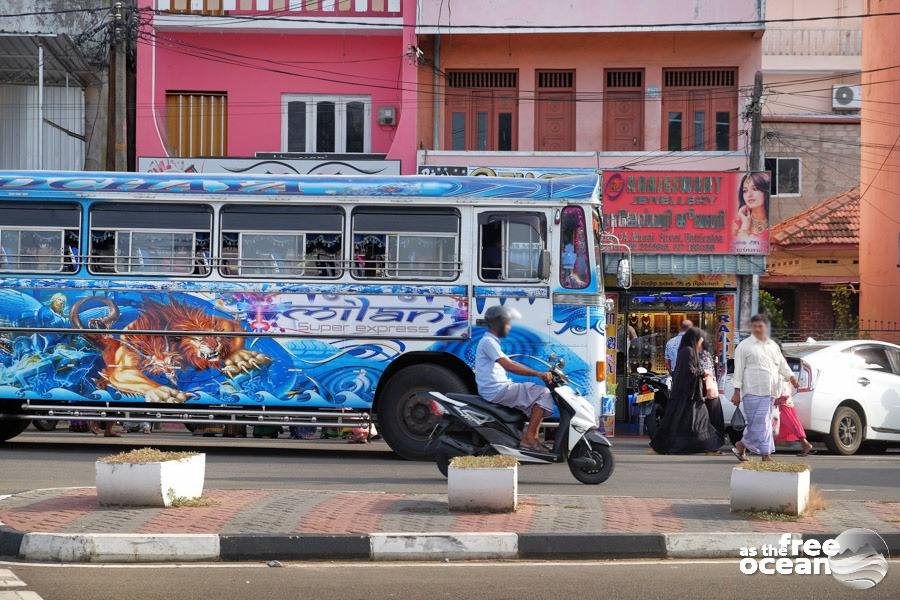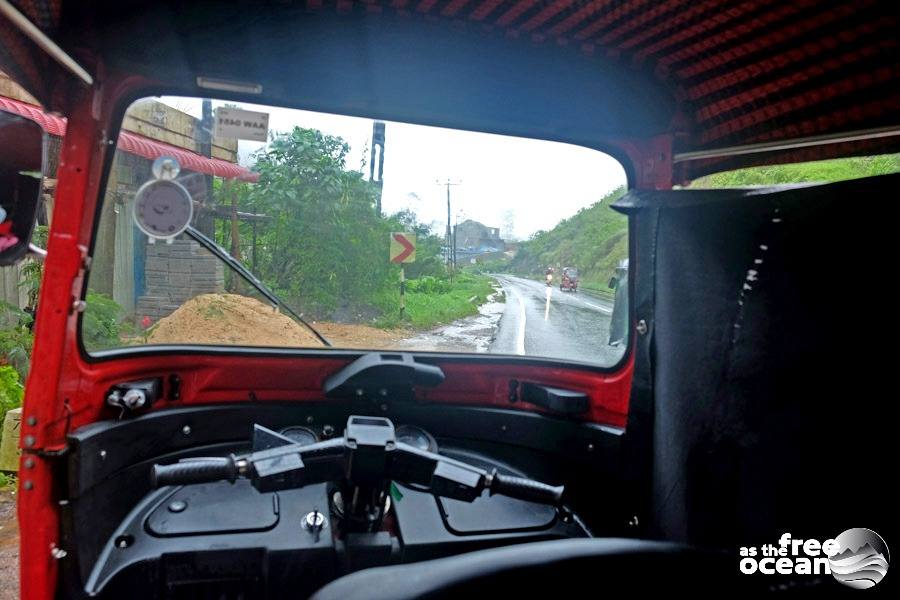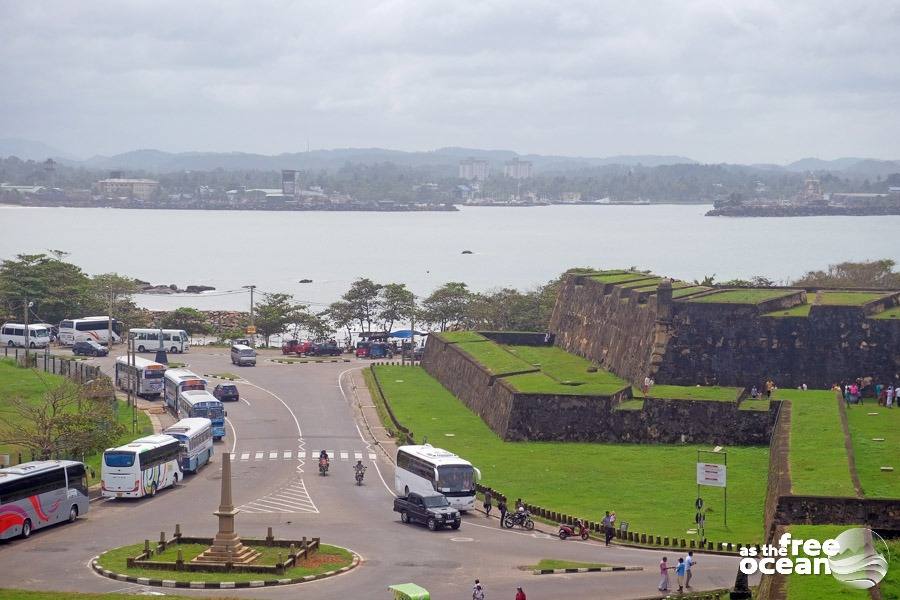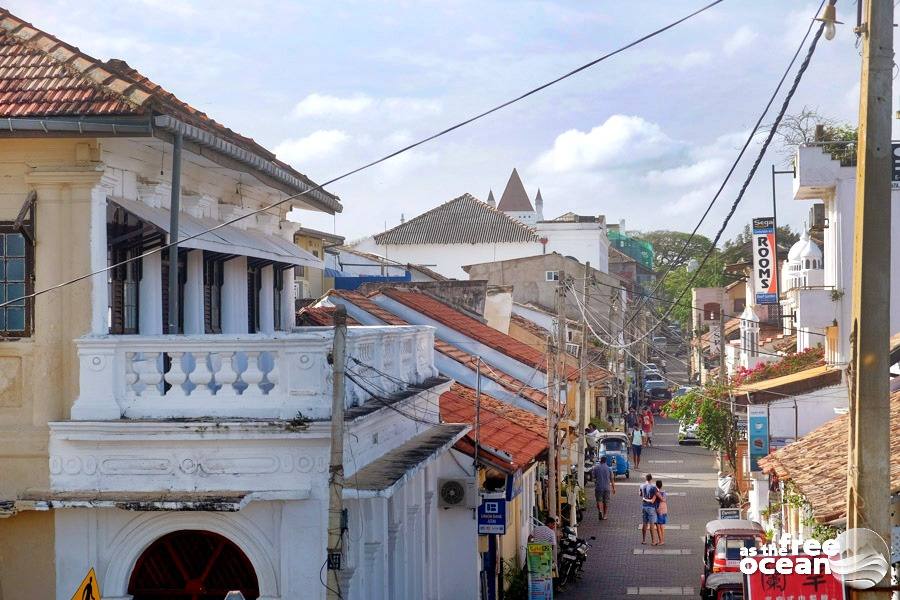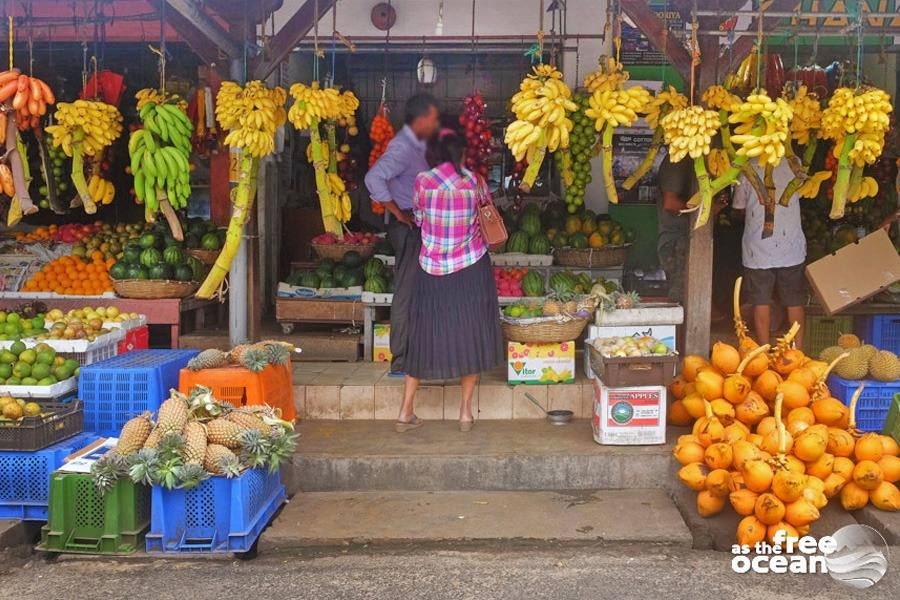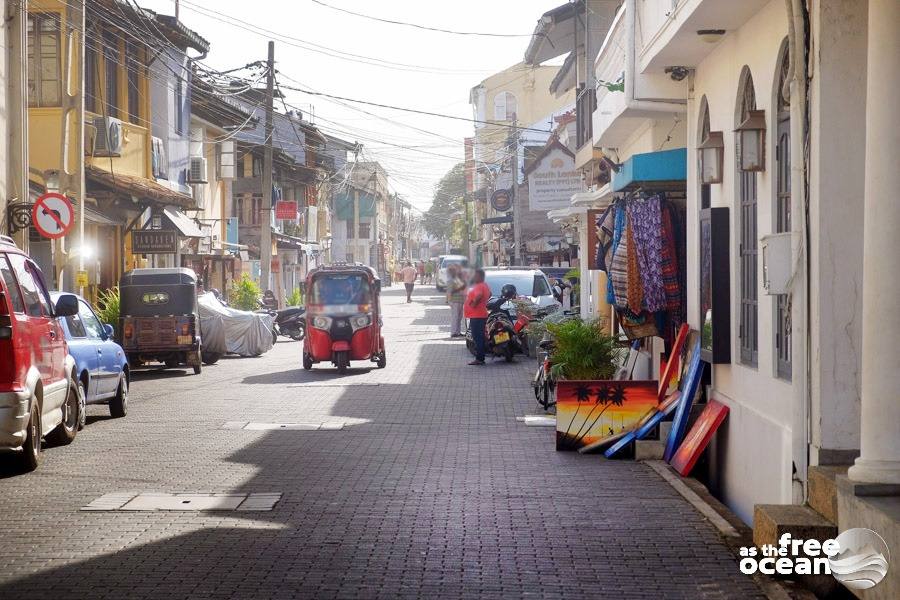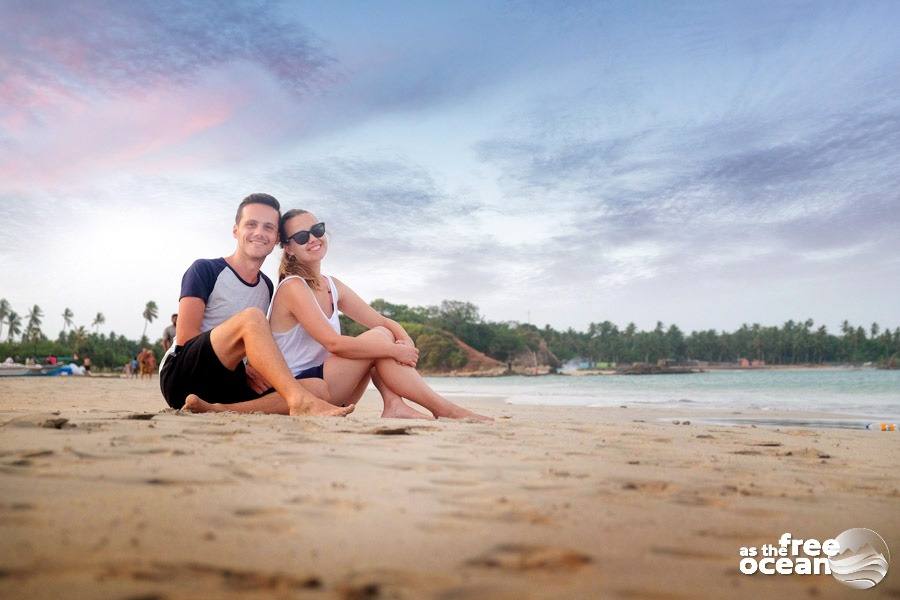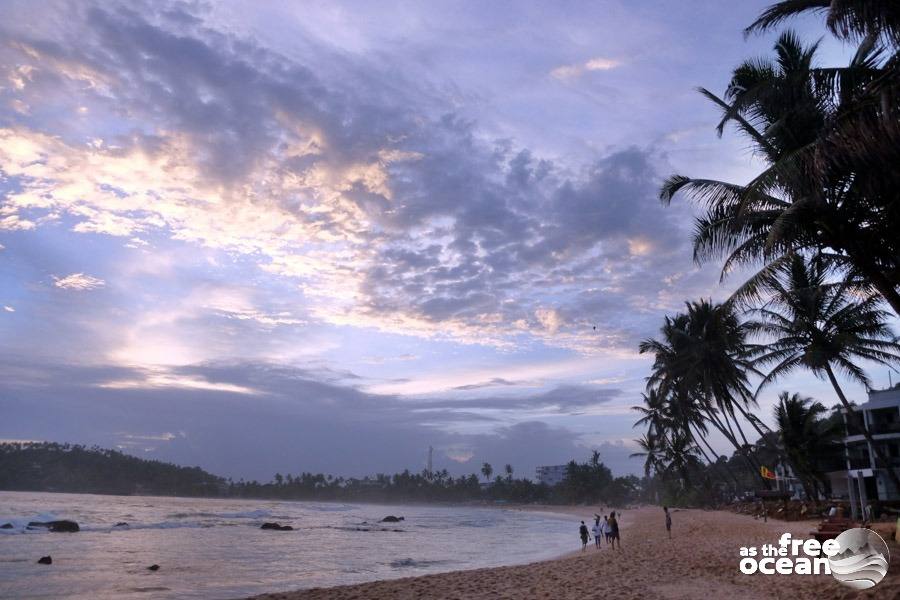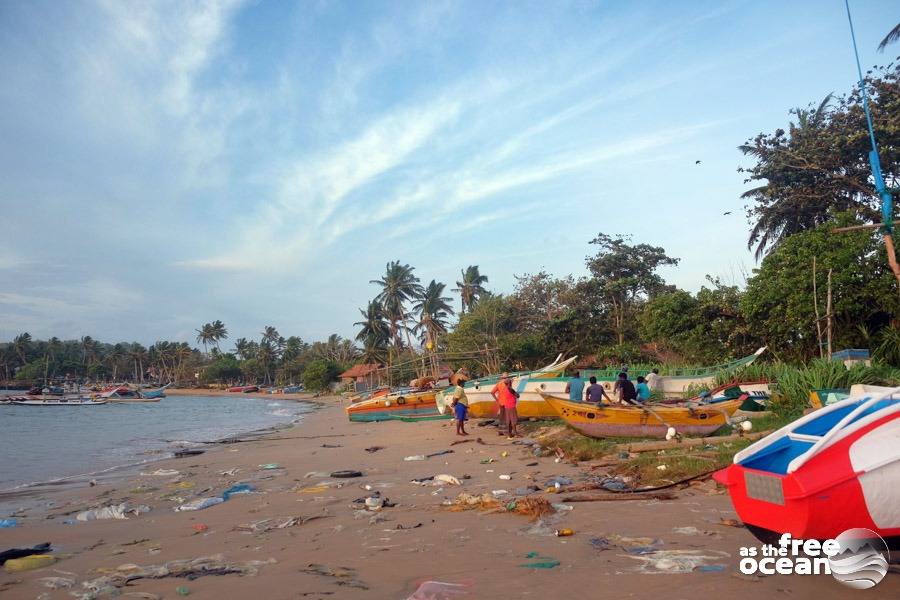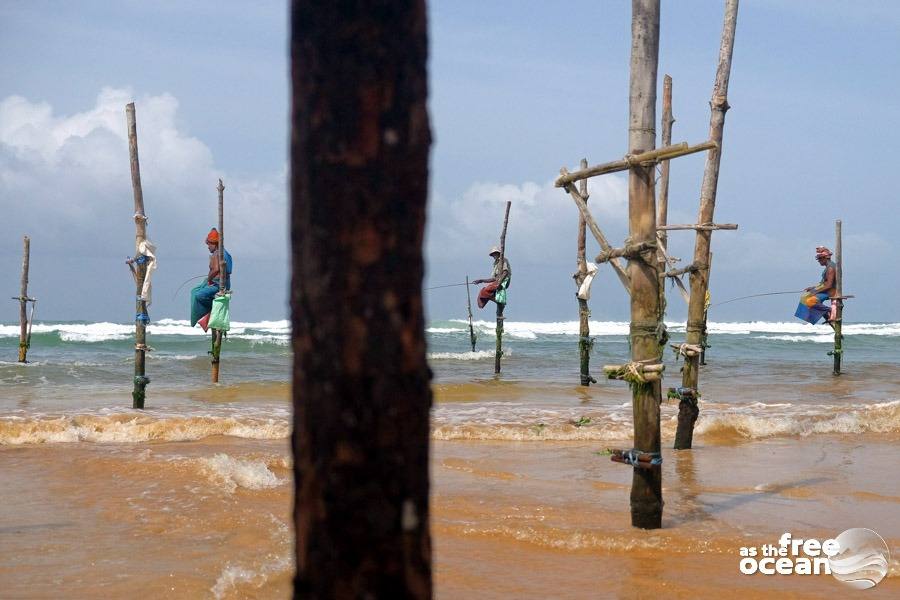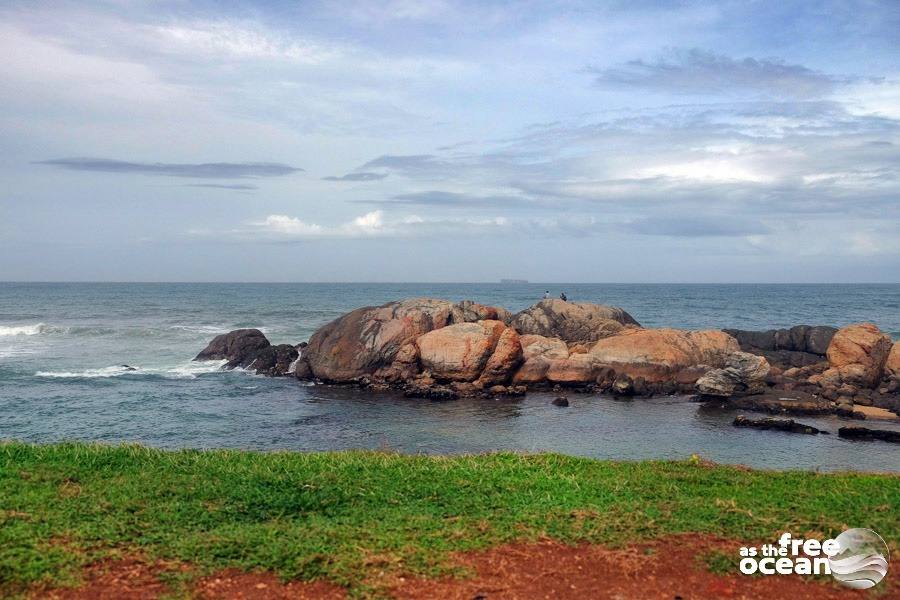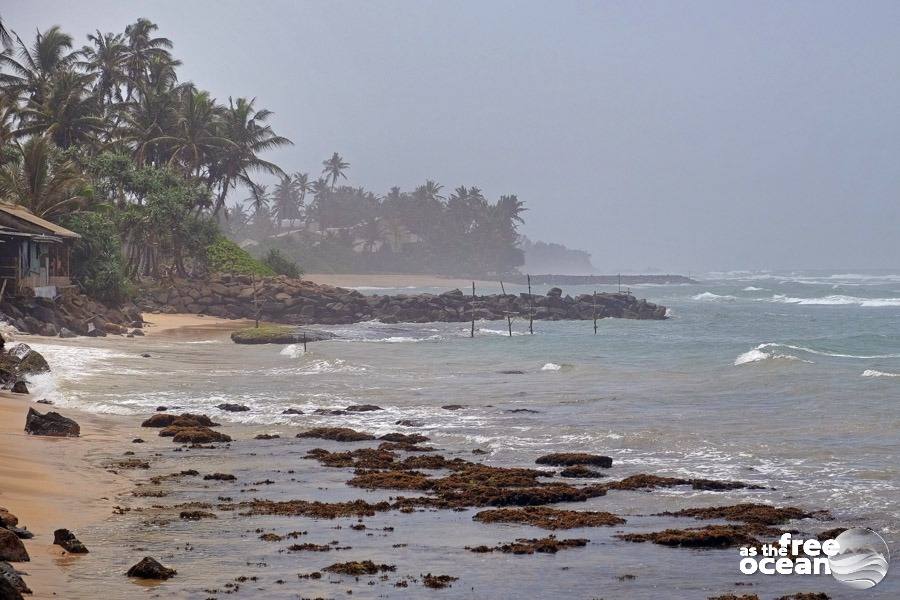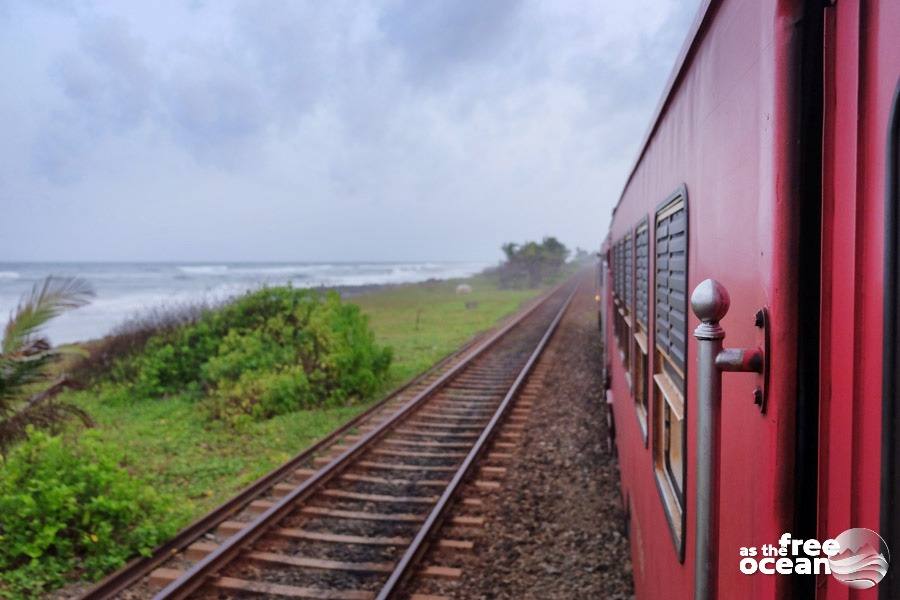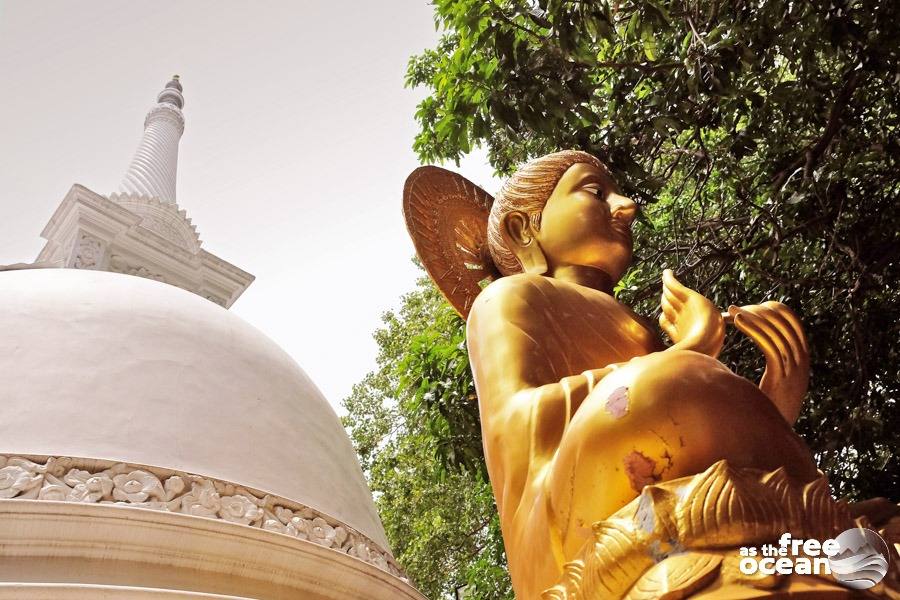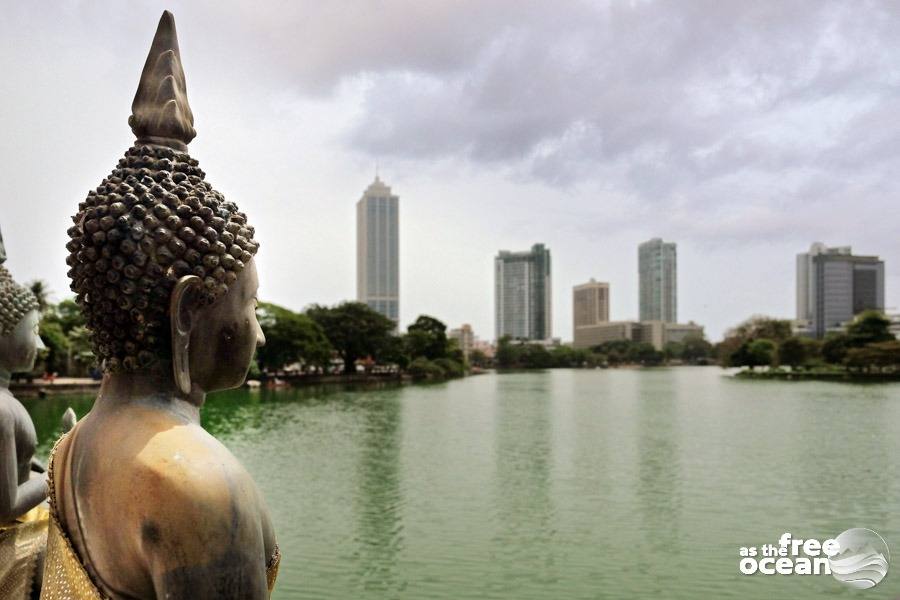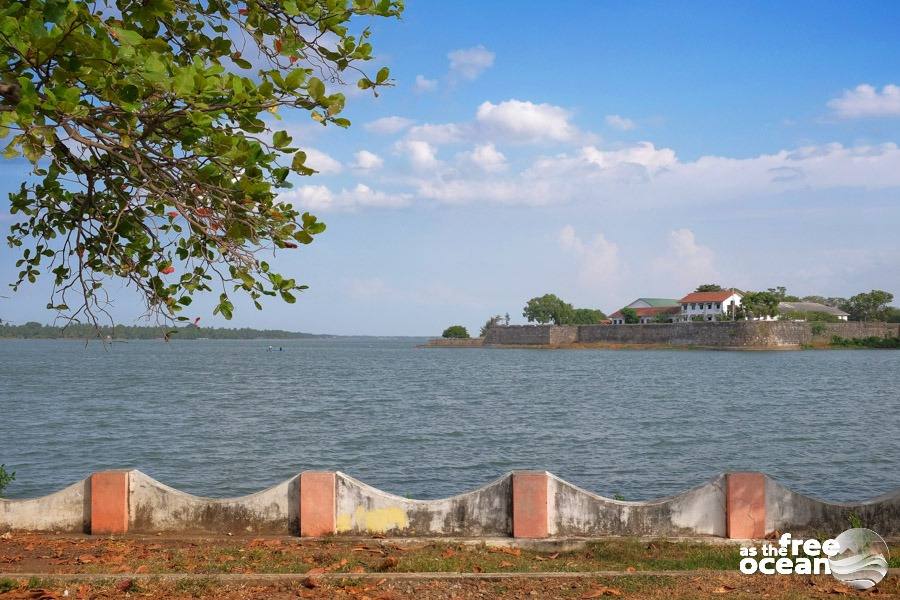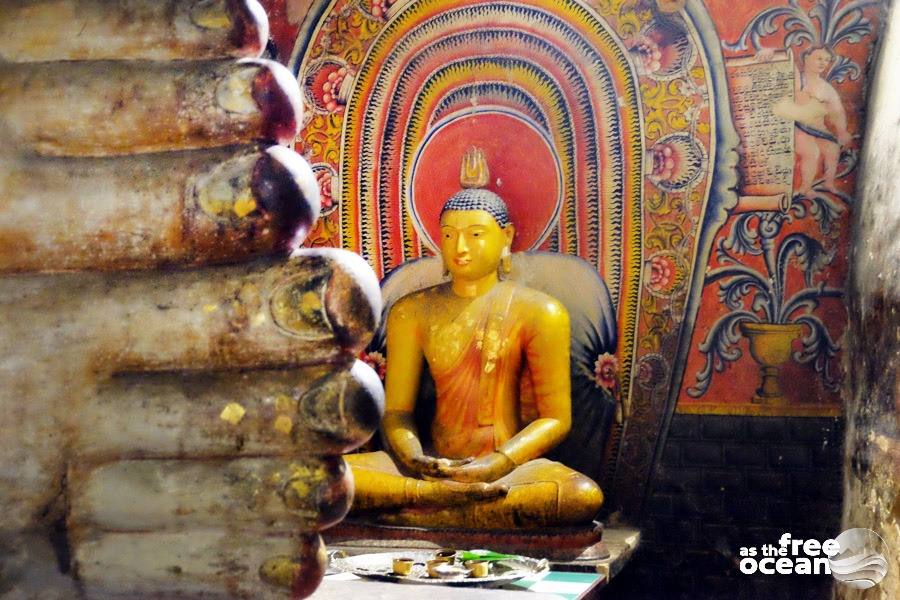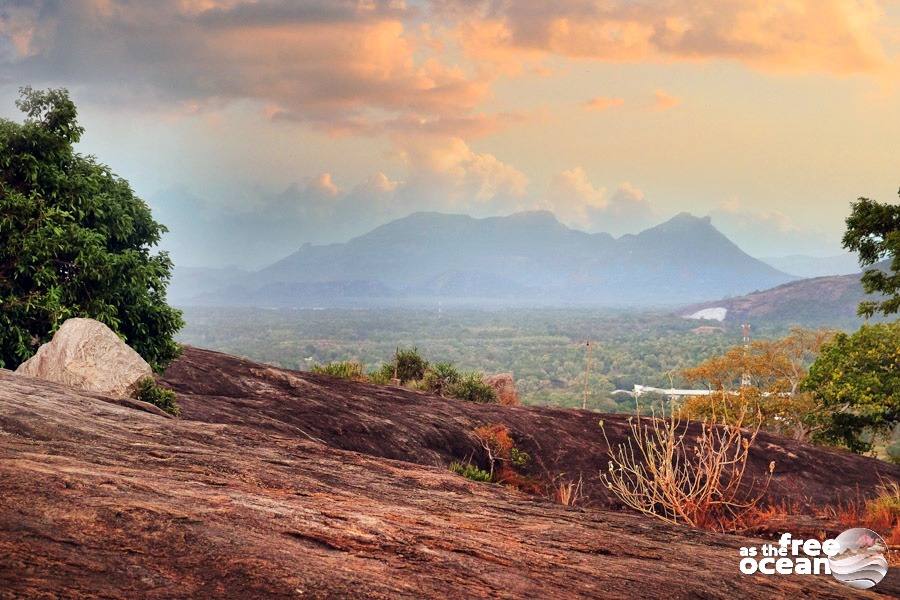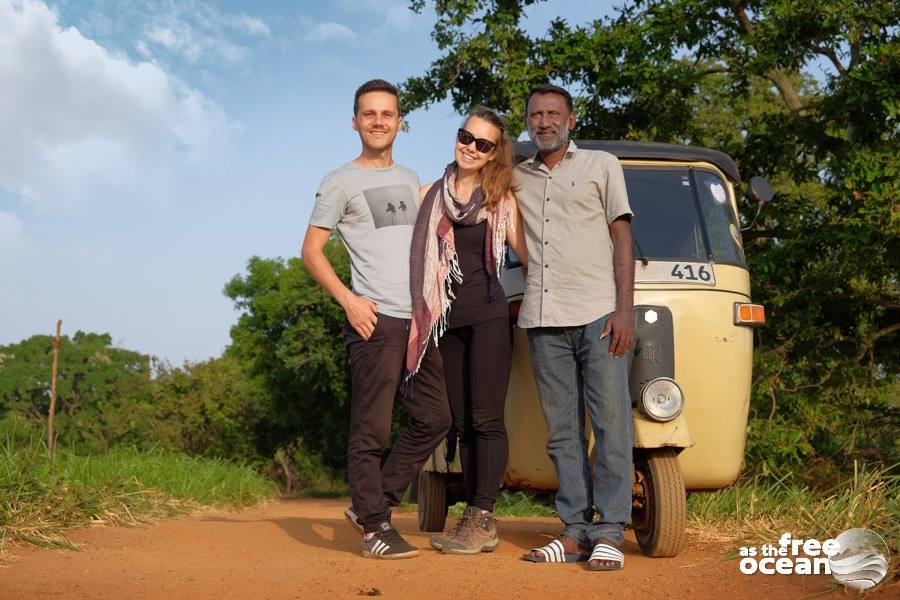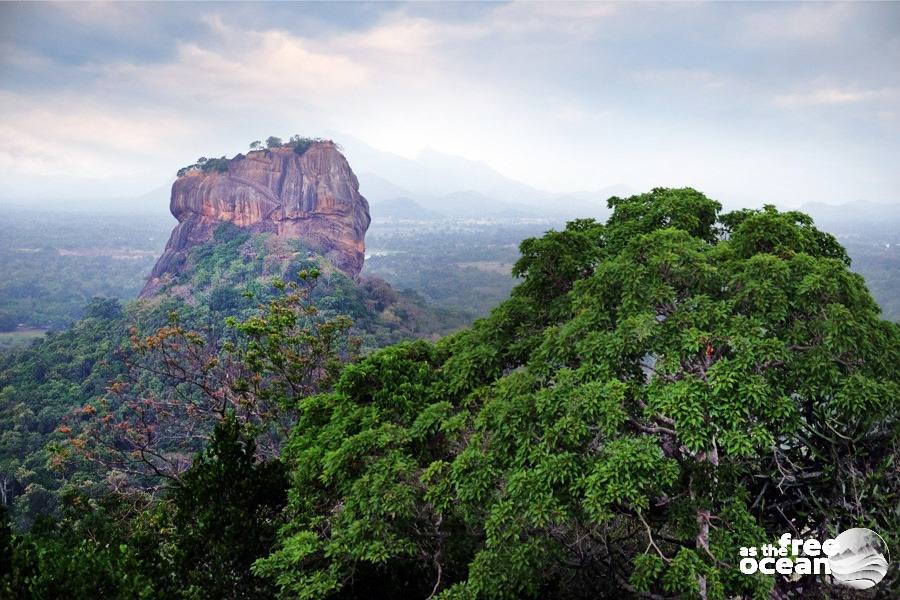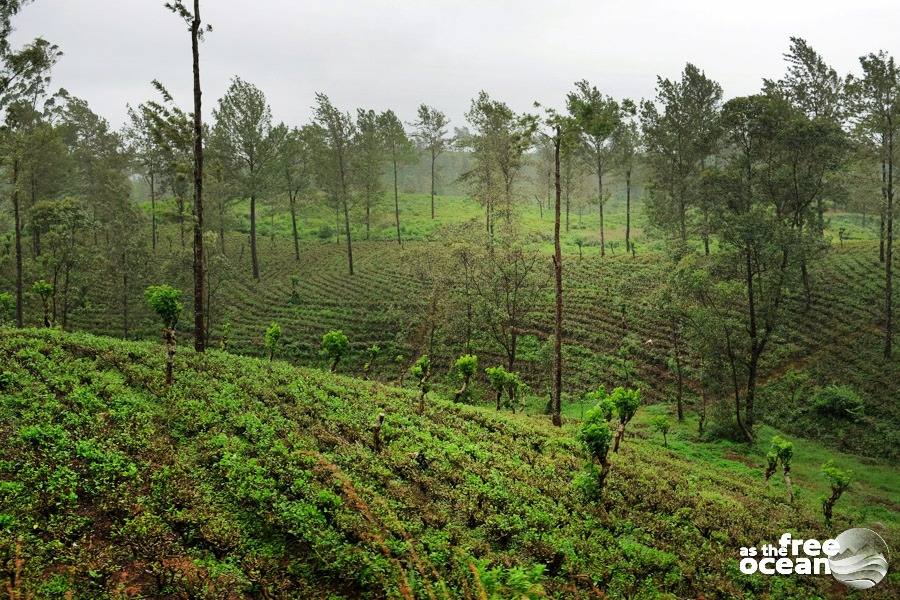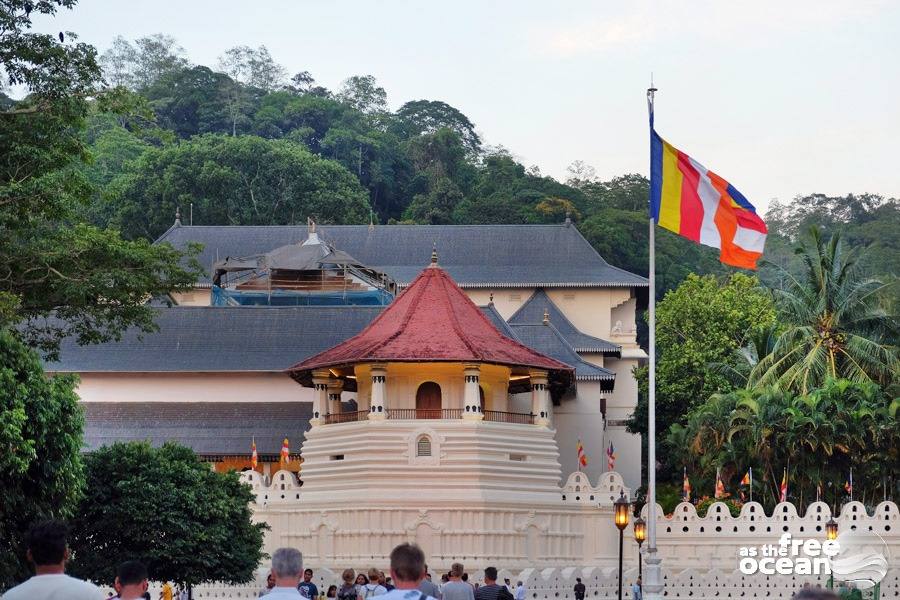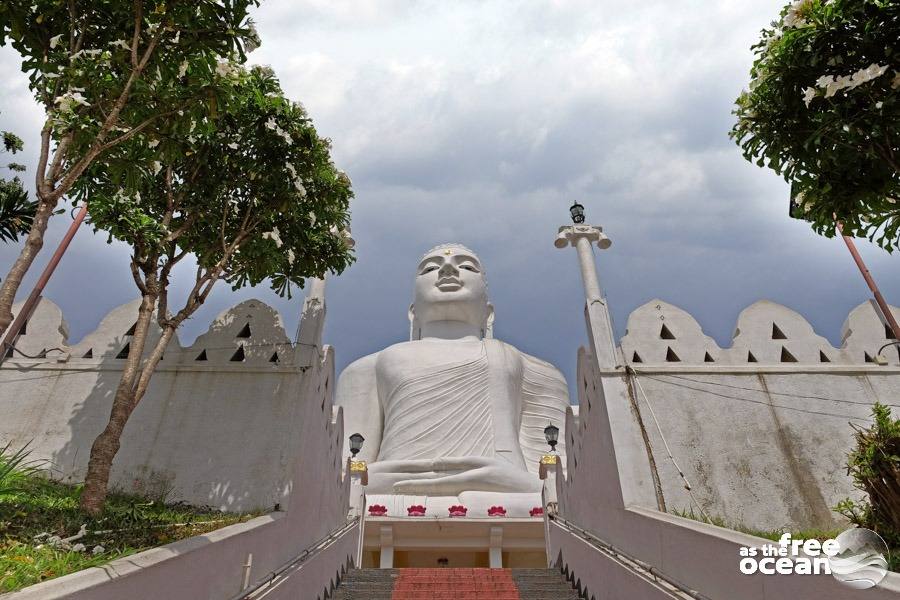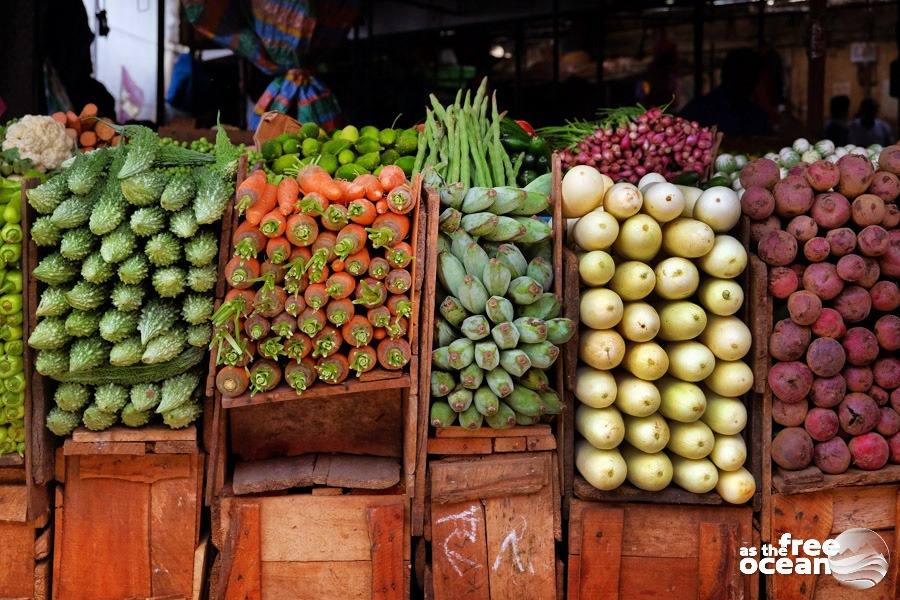Sri Lanka was the place that conquered my heart. Already before we went to this country I felt a special excitement that I haven’t had before for any other new place. After our 6 weeks in the country I understood what triggered the need to explore this small island.
Sri Lanka offers a bit of everything: crowded cities, delicious food, incredibly nice people, never-ending tea plantations, stunning beaches, misty hills and mountain areas, strong traditions, countless cultural experiences and, on top of all, a welcoming atmosphere.
Our 6 weeks were quite intense. We discovered a lot and still haven’t seen it all. “The Tear of India” (because of its shape and location) as it is sometimes called, is home to more than 21 million people, who are the ones that make their country so amazing.
Fact #1 The People of Sri Lanka
We understood that Sri Lanka faced hard times due to the civil war that lasted until present days (May 2009), as well as the fact that they have strongly been marked in the past by the foreign occupation which turned them in a colony. However, we only met nice, friendly, warm and honest (I guess a little lie for the business is tolerated) people and were touched by each individual story we listened to.
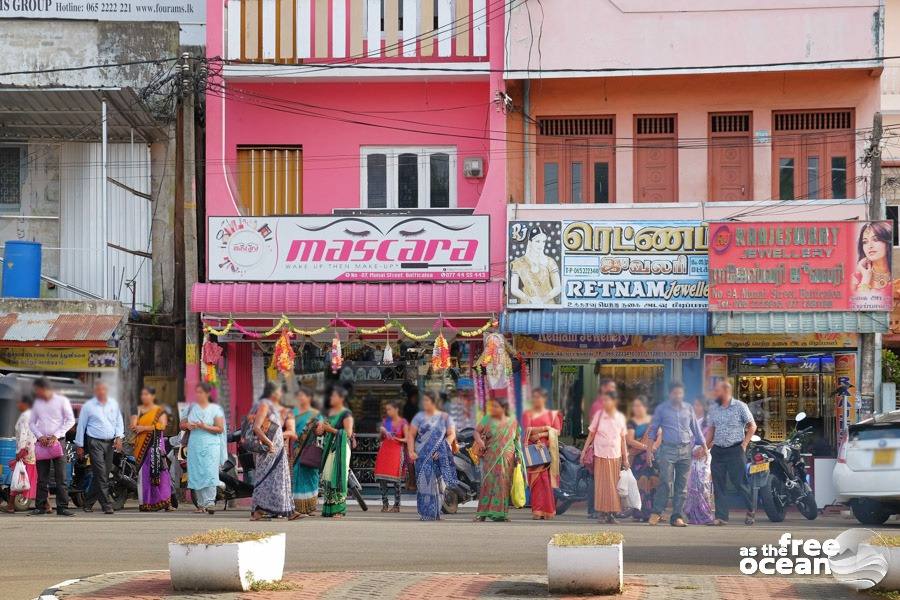
The state’s biggest ethnic group is the Sinhalese, followed by the Sri Lankan Tamils (around 11%), therefore the country has two official languages: Sinhala and Tamil. You will find most indications and signs written also in English, that is spoken very well among most locals.
Sri Lanka is the country that had the first female prime minister in 1960.
Fact #2 Bread Car
The song „Für Elise“ von Ludwig van Beethoven got a different meaning for us in Sri Lanka. The song was played by the cars that delivered the bread. We used to consider it a nice song, but after hearing the song all day long at high volume we got a bit annoyed by it, mostly after being woken up several times by it.
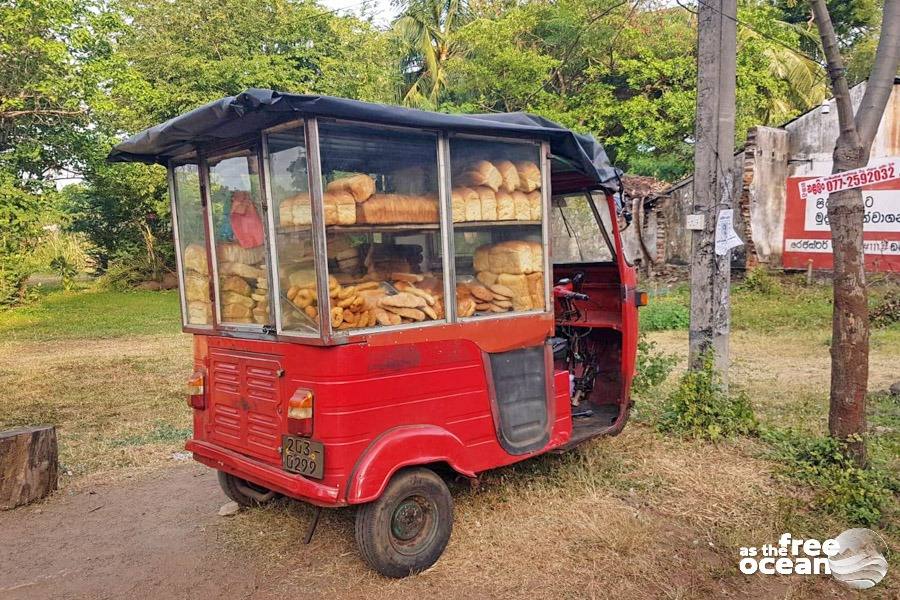
Fact #3 No alcohol during the full moon
This was something we never experienced before in other Buddhist countries. During full moon, you are not allowed to drink alcohol and you can also not buy it, at least in local liquor stores (you can not find alcohol in regular supermarkets).
The Poya Day is the day of the Buddhist full moon, in honor of the moon being at its fullest point. Depending on the moon calendar it occurs once a month and on that day also shops, banks etc. might close.
Fact #4 Food in Sri Lanka
We ate a lot and always good food in Sri Lanka. There are a lot of little street food restaurants that serve rice and curry or other delicious things, mostly quite heavy but always good. We found out that certain things, like string hoppers, are mainly served for breakfast and therefore only available in the morning. Instead, Rotis are usually served during the evening.
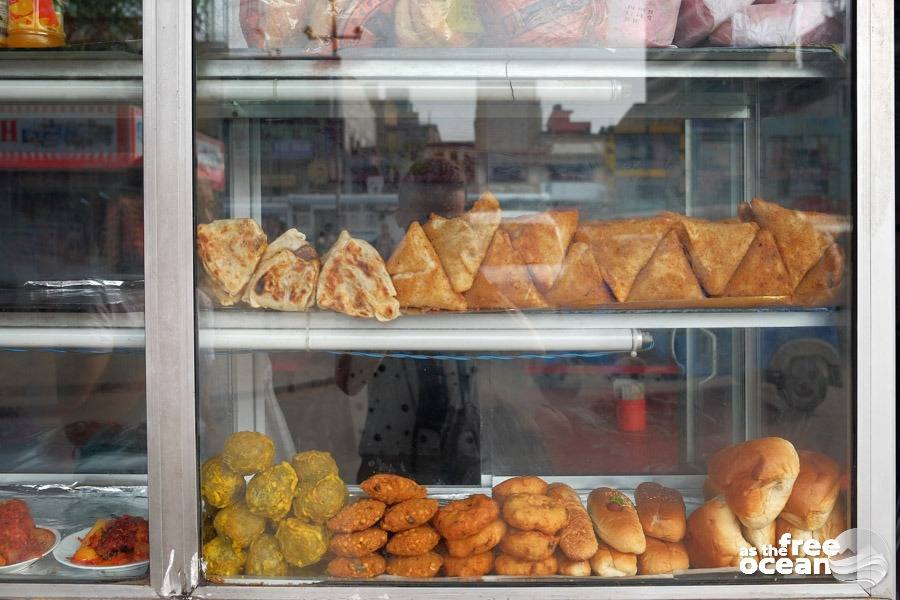
Some things and habits we found very strange while being in Sri Lanka. For example, they do consider Avocado as a sweet dish and serve it with honey or sugar and tea and coffee. It is always served after breakfast, so if you want to have your coffee together with the breakfast you will most probably have to ask for it. It was like this in all the families we stayed with, but we cannot say for sure if the rule applies also for hotels, as we did not stay in any.
Fact #5 Lotteries
What we immediately realized, almost everywhere, at any time, you can find kiosks or locals on the streets selling lottery cards to people to try their luck and win some money.
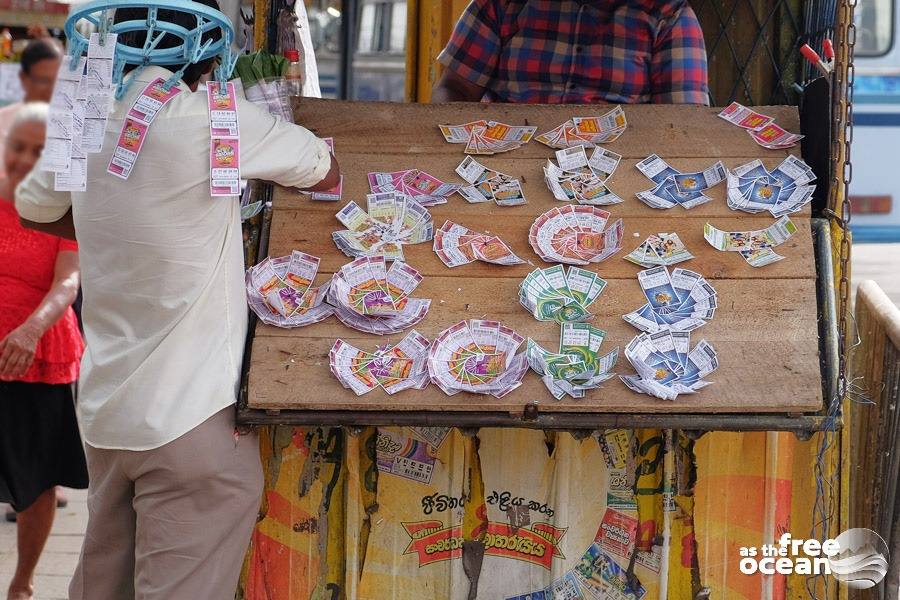
Fact #6 National Sport of Sri Lanka
What do you think is the national sport in Sri Lanka? Cricket came immediately in my mind when I was asked this question, but I was wrong. Even if cricket is the most played sport in Sri Lanka, volleyball is the official national sport announced by the ministry of sports in the country.
Did you know about all these facts before? There is so much more to say about this little country but I believe that the most incredible thing is its big variety of landscapes. Check out our gallery for more pictures from Sri Lanka.

